Not recd as per Picture on Website
Available 24/7
Available 24/7

 Save up to 15%
Save up to 15%
Peace Lily, Spathiphyllum - Plant The Peace Lily, scientifically known as Spathiphyllum, is a stunning houseplant celebrated for its elegant white...
View full details
 Save 18%
Save 18%
Combo Constituents Includes the Parijat Tree (Night-Flowering Jasmine), a culturally significant plant with fragrant flowers. Description The Pari...
View full details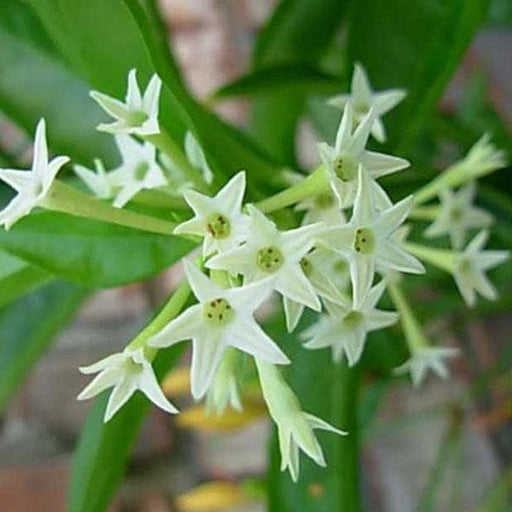
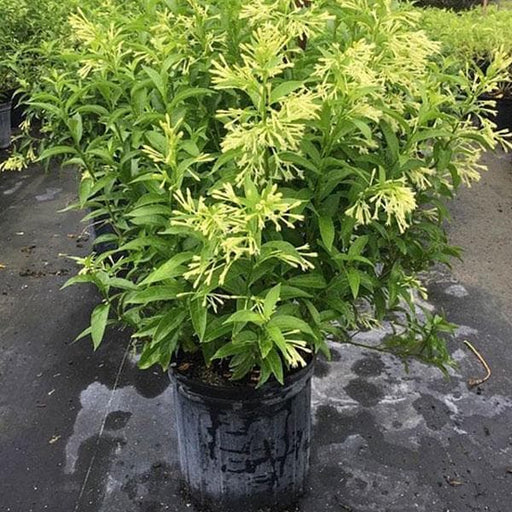 Save 25%
Save 25%
Description Raat Ki Rani (*Cestrum nocturnum*), also known as Night Blooming Jasmine, is a fragrant shrub native to the Caribbean and Central Ameri...
View full details
 Save 25%
Save 25%
Jasminum sambac, Mogra, Arabian Jasmine - Plant Jasminum sambac, commonly known as Mogra or Arabian Jasmine, is a fragrant flowering plant...
View full details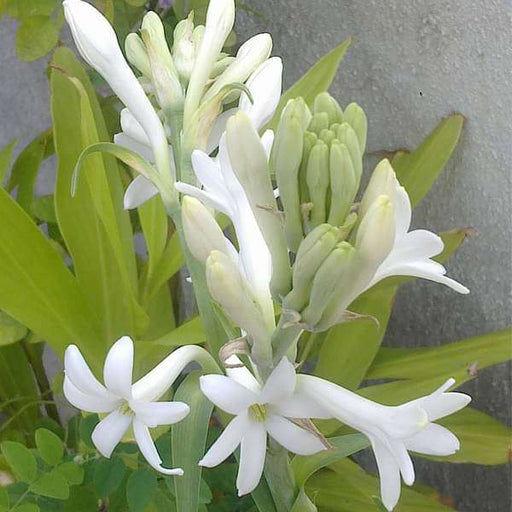
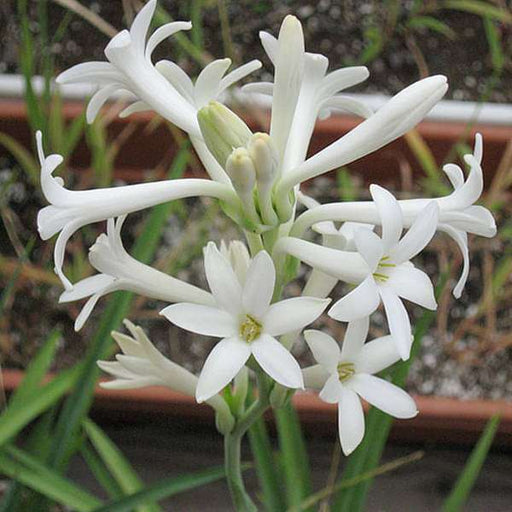 Save 17%
Save 17%
Rajnigandha, Tuberose - Plant The Rajnigandha, scientifically known as Polianthes tuberosa, is a captivating perennial plant renowned for ...
View full details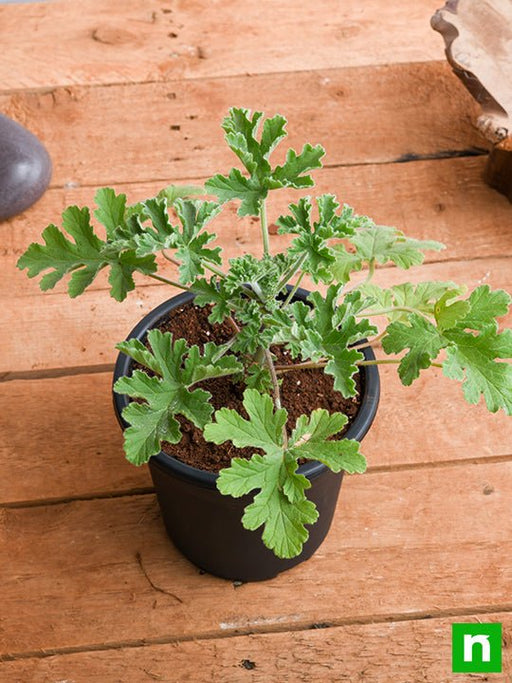
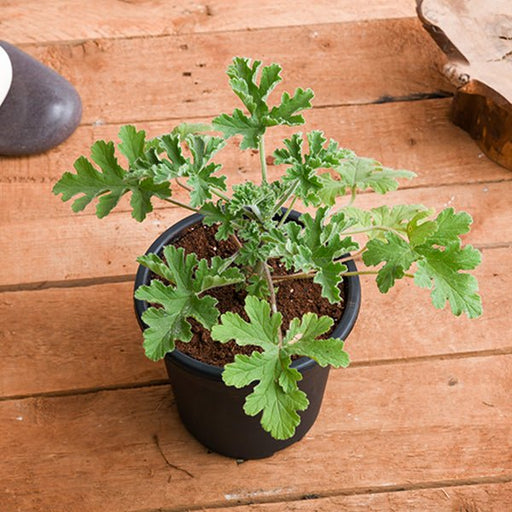 Sold out
Sold out
Citronella, Odomas - Plant The Citronella plant, scientifically known as Cymbopogon nardus, is a tropical grass renowned for its aromatic ...
View full details Save 25%
Save 25%
Damascus Rose, Scented Rose (Any Color) - Plant The Damascus Rose, also known as Rosa damascena, is a timeless symbol of beauty and romanc...
View full details
 Save 35%
Save 35%
Best 6 Plants for Perfect Indoor Garden Transform your living space into a lush oasis with our curated collection of the Best 6 Plants for a...
View full details
 Save up to 50%
Save up to 50%
Mini Succulent Garden Pack Transform your space with our Mini Succulent Garden Pack, featuring a delightful collection of 4 any variety beautiful s...
View full details
 Save 30%
Save 30%
5 Best Fragrant Plants Transform your garden or indoor space into a fragrant paradise with our curated selection of the 5 Best Fragrant Plants. Th...
View full details
 Save 24%
Save 24%
Set of 2 Bonsai Looking Grafted Adeniums Transform your indoor or outdoor space with our exquisite Set of 2 Bonsai Looking Grafted Adenium...
View full details Save 45%
Save 45%
Top 4 Die Hard Succulents Pack Transform your indoor or outdoor space with our Top 4 Die Hard Succulents Pack, featuring a curated selecti...
View full details
 Save 30%
Save 30%
5 Best Indoor Plants Pack Transform your living space into a lush oasis with our '5 Best Indoor Plants Pack.' This carefully curated collection fe...
View full details
 Save 25%
Save 25%
Set of 4 Evergreen Air Purifier Plant Pack Transform your indoor space into a lush, green oasis with our Set of 4 Evergreen Air Purifier Pla...
View full detailsDahlia plants are a stunning addition to any garden, known for their vibrant colors and unique flower shapes. With a variety of sizes and forms, these perennial beauties bloom from mid-summer to the first frost, providing a long-lasting display of color. Whether you prefer the classic pom-pom style or the elegant dinner-plate variety, our Dahlia collection offers something for every gardener's taste.
What makes Dahlias special is their versatility. They thrive in various garden settings, from borders to containers, and can be used for cut flowers, adding a touch of elegance to any arrangement. Their ability to attract pollinators like bees and butterflies makes them not only beautiful but also beneficial for the ecosystem.
Growing Dahlias is a rewarding experience. They prefer full sun and well-drained soil, making them easy to cultivate in most climates. With proper care, these plants can flourish for years, providing a stunning display that changes with the seasons.
Scientifically classified under the Asteraceae family, Dahlias (genus Dahlia) are known for their complex flower structures, which can have up to 40 petals. They are not only admired for their beauty but also for their resilience, thriving in various soil types and conditions. Historically, Dahlias were used by the Aztecs for food and medicinal purposes, showcasing their versatility beyond ornamental use.
From an environmental perspective, Dahlias play a crucial role in supporting local ecosystems. Their vibrant blooms attract a variety of pollinators, contributing to biodiversity. Additionally, Dahlias can be grown in home gardens, promoting sustainable gardening practices and reducing the need for chemical pesticides, making them an eco-friendly choice for gardeners.
Dahlia plants are beautiful and vibrant, but they require some care to keep them healthy and thriving. Proper care includes planting them in a sunny location with well-drained soil, watering them regularly, and fertilizing them every few weeks. It's also important to deadhead spent flowers and to remove any diseased or damaged foliage. With the right care, Dahlia plants can provide years of beauty in your garden.
Dahlia bulbs are the underground storage structures that provide energy and nutrients to the plant. They are typically planted in the spring and can produce beautiful blooms throughout the summer and fall. When planting Dahlia bulbs, it's important to choose a location with well-drained soil and to plant them at the right depth. It's also important to protect the bulbs from freezing temperatures in the winter.
There are hundreds of Dahlia varieties, ranging from small pom-pom blooms to large dinner-plate-sized flowers. Some popular Dahlia varieties include the 'Bishop of Llandaff,' 'Cafe au Lait,' and 'Karma Choc.' Each variety has its own unique characteristics and growing requirements, so it's important to research and choose the right Dahlia for your garden.
Dahlia plants come in a wide range of colors, including white, yellow, orange, pink, red, and purple. Some varieties even have bi-colored or striped blooms. When choosing Dahlia plants for your garden, consider the color scheme and choose blooms that will complement or contrast with other plants in the area.
Dahlia plants can be susceptible to pests, including aphids, spider mites, and slugs. To prevent pests, it's important to keep the area around the plants clean and free of debris. If pests do appear, there are organic and chemical pest control options available to help protect your plants.
Dahlia plants can also be vulnerable to diseases such as powdery mildew, leaf spot, and root rot. To prevent diseases, it's important to plant Dahlia plants in well-drained soil and to provide good air circulation around the plants. If diseases do appear, there are fungicides and other treatments available to help protect your plants.
Dahlia plants can be grown with a variety of other plants to create a beautiful and diverse garden. Some popular companion plants for Dahlia plants include zinnias, cosmos, and sunflowers. When choosing companion plants, consider the height, color, and growing requirements of each plant to ensure they will complement each other.
Dahlia plants can be propagated through division, cuttings, or seeds. Division involves separating the plant into smaller sections and planting each section separately. Cuttings involve taking a stem cutting from the plant and rooting it in water or soil. Seeds can be harvested from the plant and planted in the spring.
Dahlia blooms make beautiful cut flowers and can be used in a variety of floral arrangements. They can be paired with other flowers such as roses, hydrangeas, and peonies to create stunning bouquets and centerpieces.
In Victorian times, Dahlia flowers were often associated with betrayal and dishonesty. However, in modern times, they are more commonly associated with elegance, dignity, and commitment. Dahlia flowers are often given as gifts for birthdays, anniversaries, and other special occasions to symbolize lasting love and commitment.
Dahlia plants are native to Mexico and were introduced to Europe in the 18th century. They were named after Swedish botanist Anders Dahl, who was a student of Carl Linnaeus. Dahlia plants became popular in Europe in the 19th century and were brought to the United States in the mid-1800s.
Dahlia plants are often grown and exhibited in competitions and exhibitions. These events showcase the best and most beautiful Dahlia blooms and attract enthusiasts and growers from around the world.
Dahlia plants can be used in a variety of garden designs, from formal to cottage-style gardens. They can be planted in borders, raised beds, and containers to create a vibrant and colorful display.
Dahlia plants make great subjects for photography, with their bright colors and intricate blooms. They can be photographed in a variety of settings, from gardens and parks to floral arrangements and still life setups.
Dahlia blooms can be used in a variety of crafts, including wreaths, garlands, and floral arrangements. They can also be dried and used in potpourri or as decorations in home decor.
Dahlia blooms are a popular choice for wedding flowers, with their vibrant colors and elegant blooms. They can be used in bridal bouquets, centerpieces, and other floral arrangements to add a touch of beauty and elegance to the special day.
Dahlia festivals are held in many parts of the world, showcasing the beauty and diversity of Dahlia plants. These events often feature flower shows, garden tours, and other activities celebrating the beauty and importance of these stunning plants.
Dahlia plants have been used for medicinal purposes in traditional medicine. The leaves and tubers of the plant contain compounds that have been used to treat a variety of ailments, including digestive issues and skin conditions.
Dahlia plants have been the subject of many works of art, including paintings, sculptures, and photographs. They are often depicted in still life paintings and floral arrangements, and their vibrant colors and intricate blooms make them a popular subject for artists of all kinds.
Dahlia flowers have been referenced in literature, including in the works of Pablo Neruda, Federico García Lorca, and Sylvia Plath. In literature, they are often used to symbolize beauty, love, and passion.
A Dahlia Plant is a flowering plant native to Mexico that belongs to the Asteraceae family. It is known for its bright and vibrant blooms that come in a wide range of colors and sizes.
In India, there are several types of Dahlia Plants available, including pompon dahlias, cactus dahlias, decorative dahlias, and ball dahlias.
The best time to plant Dahlia Plants in India is in the spring, after the last frost has passed. This will allow the plant to establish itself before the heat of the summer sets in.
Dahlia Plants prefer well-draining soil that is rich in organic matter. A soil pH of 6.0 to 6.5 is ideal for growing Dahlia Plants.
Dahlia Plants need regular watering, especially during the hot summer months. It is important to keep the soil moist but not waterlogged, as this can lead to root rot.
Dahlia Plants should be fertilized every two to three weeks during the growing season with a balanced fertilizer.
To deadhead your Dahlia Plants, simply remove the spent blooms by cutting them off at the base of the stem. This will encourage the plant to produce new blooms.
To protect your Dahlia Plants from pests and diseases, keep the area around the plants clean and free of debris. You can also use organic or chemical pest control options if necessary.
Yes, Dahlia Plants can be grown in containers as long as the container is large enough to accommodate the plant and has good drainage.
Dahlia Plants prefer full sun but can also tolerate partial shade. However, they may not produce as many blooms in partial shade.
In India, Dahlia Plants can be overwintered by lifting the tubers after the first frost and storing them in a cool, dry place until the next planting season.
Dahlia Plants can be propagated through division, cuttings, or seeds. Division involves separating the plant into smaller sections and planting each section separately. Cuttings involve taking a stem cutting from the plant and rooting it in water or soil. Seeds can be harvested from the plant and planted in the spring.
When choosing a Dahlia Plant for your garden, consider the size, color, and growing requirements of the plant. You can also consult with a local horticulturist or plant nursery for recommendations.
Dahlia Plants can grow anywhere from one to six feet tall, depending on the variety.
Dahlia Plants can bloom for several months, from mid-summer until the first frost.
To store Dahlia tubers for the winter,lift them from the ground after the first frost and allow them to dry for a few days. Then, gently brush off any excess soil and store them in a cool, dry place until the next planting season.
During the winter, Dahlia Plants should be lifted from the ground and stored in a cool, dry place until the next planting season. It is also important to protect the plants from freezing temperatures and frost.
Dahlia seeds can be harvested in the fall when the seed heads have turned brown and dry. Simply remove the seed heads and allow them to dry for a few days before storing them in a cool, dry place.
To plant Dahlia seeds, sow them in the spring after the last frost has passed. Plant the seeds in well-drained soil and keep them moist but not waterlogged.
Yes, Dahlia Plants can be grown from cuttings. Simply take a stem cutting from the plant and root it in water or soil.
Dahlia Plants prefer temperatures between 15°C to 25°C for optimal growth.
Dahlia Plants can live for several years if they are properly cared for and overwintered.
If your Dahlia Plant is getting too much water, the leaves may turn yellow and the plant may become wilted. If it is getting too little water, the leaves may become dry and brittle.
If your Dahlia Plant is getting enough sunlight, it should be producing healthy, vibrant blooms. If it is not producing blooms or the blooms are small and pale, it may not be getting enough sunlight.
To prune your Dahlia Plants, simply remove any dead or diseased foliage and cut back any leggy or overcrowded stems. This will encourage the plant to produce new growth and blooms.
To prepare your soil for planting Dahlia Plants, add compost or other organic matter to improve drainage and fertility. It is also important to test the pH of the soil and adjust it if necessary.
To stake your Dahlia Plants, simply insert a stake into the ground next to the plant and tie the stem to the stake using twine or other soft material.
To prevent your Dahlia Plants from becoming leggy, pinch back the tips of the stems when the plant is young to encourage bushier growth.
Dahlia tubers can be harvested in the fall after the first frost when the foliage has turned brown and dry. Simply lift the tubers from the ground and allow them to dry for a few days before storing them.
To prevent your Dahlia Plants from becoming infected with powdery mildew, keep the area around the plants clean and free of debris. You can also use fungicides or other treatments to prevent or control the spread of the disease.